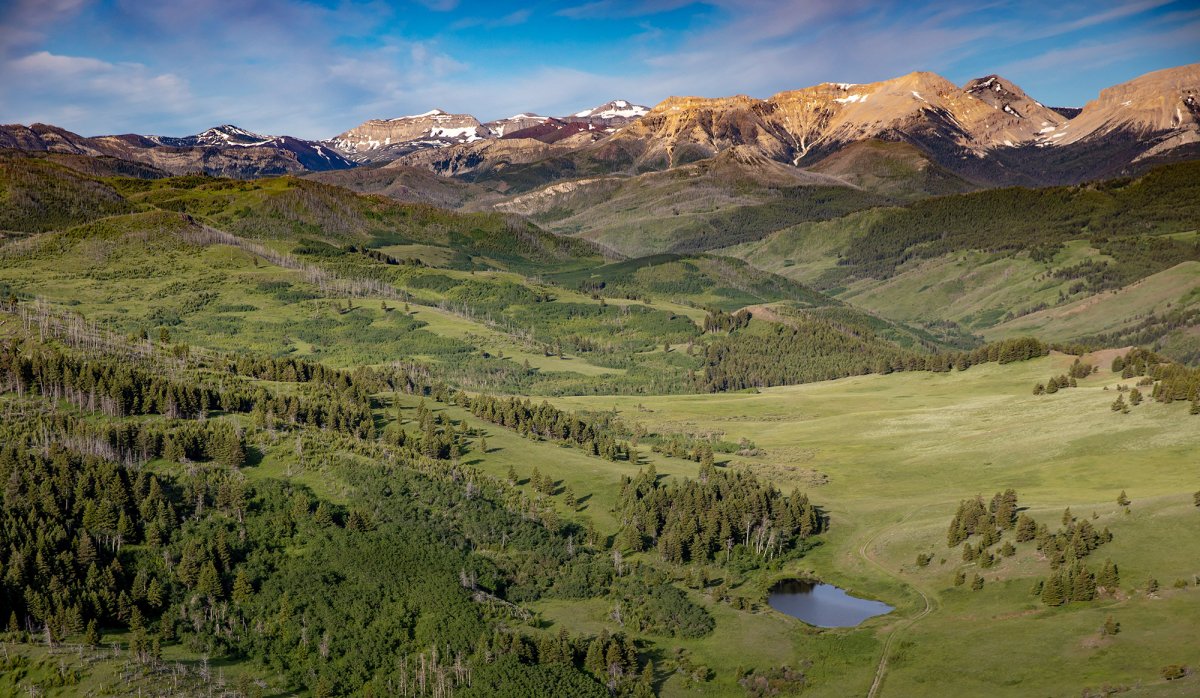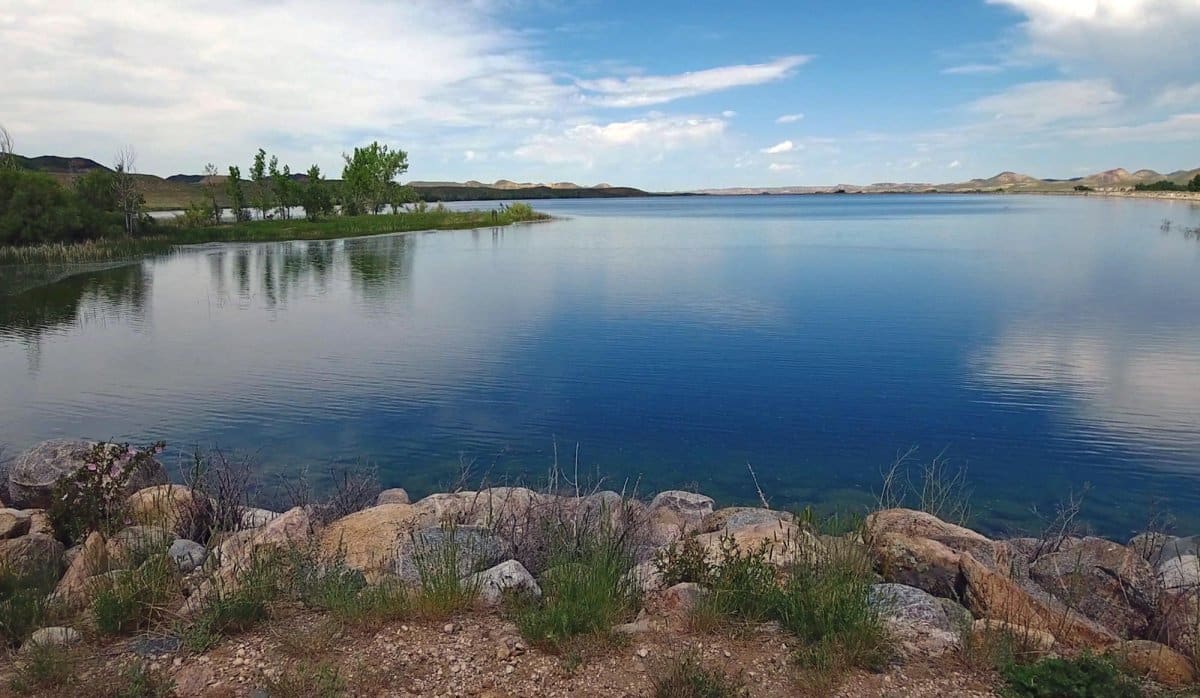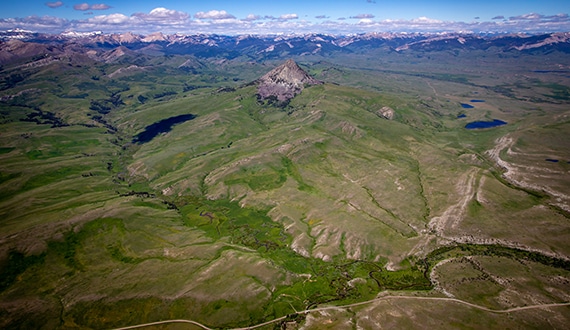When purchasing a ranch, it is essential that an in-depth investigation is done in order to ensure that you know exactly what you are purchasing. While this is true for any real estate transaction, it is extremely important when it comes to buying a ranch, farm or recreational tract of land. Whether it is an agricultural farm or ranch in Montana or Utah or a recreational hunting ranch in Wyoming, there are checklists and protocols that should be followed in order to cover all of your bases and eliminate surprises after the purchase. Although every property is different, there are several items that should not be overlooked. Some of this information can be found in the title commitment, however it is always good to double check to confirm that the information provided is correct. Other items will need to be research on your own, through your real estate broker or through an attorney. At Swan Land Company we utilize a comprehensive checklist addressing a number of areas for investigation during a due diligence period.
Access
Although this may be obvious, when purchasing a property, you need to be able to get to the land – legally. Typically, ranches in the West are located in rural areas. With this being said, how far off of a public road is the entrance to the ranch? Do you have to cross though a neighboring property in order to get there? Hopefully there is an easement in place that allows access. If not, there may be some serious hurdles to jump before you consider going through with the purchase.
Or, is there a road or trail that crosses through your potential new property? If this is the case, then research needs to be done regarding who, when and how the road is allowed to be utilized. In both of these situations, information should be in the title commitment, but it is always good to do additional research.
If either of these are issues, there are solutions. It may involve getting a survey involved, and talking with your neighbor (and attorney) to create an easement. (More on this in future blogs.) Before you get too far along in the process, we would recommend sitting down with the title officer at the title company to review the title exceptions and discuss whether or not the property has insurable access.

Water Rights & Water Resources
When purchasing a farm or ranch, whether for agricultural use or recreational endeavors, ensuring adequate water resources is essential. Depending on the complexity of the subject property, it may be beneficial, or even vital, to obtain an attorney that specializes in water rights. There are many types of water rights including irrigation, stock, domestic, wildlife, etc. depending on the state where you are located. In Montana, for example, each water right has pertinent information such as Priority Date, Source, Point of Diversion and Means of Diversion, as well as Period of Use and Place of Use. This information is available on the Department of Natural Resources and Conservation’s website. A good water rights attorney can help not only in determining all of the water rights appurtenant to the land, but also to decipher if they are quality rights that will be suitable for your needs.

Conservation Easements
Although the first conservation easement (CE) was established in the late 19th century, they are becoming much more common as land is becoming more developed. It is important to know if the land that you are purchasing is encumbered by a conservation easement (CE). Having a CE has both positive and negative annotations. Typically, landowners will put their property under a conservation easement in order to preserve the land that they love, and to protect it from future change of use or development. There are also tax benefits that are enticing. When purchasing a ranch or land that has a conservation easement in place there are several factors to consider. Which land trust or conservation group holds the easement? How much of the property is under the CE? What restrictions are in place regarding building additional improvements such as houses, barns, shops, etc.? And if it is allowed, where on the property is building permitted? Does it limit hunting or fishing? Does the CE require public access to the land? These are just a few factors to consider. However, if you are buying a property with a conservation easement, you will have peace of mind knowing that your land will always be preserved. We would recommend meeting with a representative with the land trust or conservation group that holds the easement to gain a better understanding of how the CE actually impacts the property on a day to day basis. It is critical to ensure that the limitations the CE places on the land do not interfere with the ultimate goals you have with the property.
With every property being unique, each farm, ranch or recreational property will have its own checklist to follow. In addition, different states, whether in Montana, Wyoming, Idaho, Utah, etc. will have specific areas to pay attention to. Some additional due diligence items that should be included depending on the subject property are a Phase I Environmental Assessment, Grazing Leases and Ranch Leases, Land Use Agreements, Feed Lot Records, and Employee Policies, just to name a few. If you are interested in buying a farm, ranch or recreational property in the West, be sure to work with a ranch real estate broker that will help you obtain this essential information in order for you to make an informed decision on your ranch purchase. If you have a good real estate broker, often they will provide this information for you. As a side note, Swan Land Company is renowned for the due diligence information that they provide to their clients.

